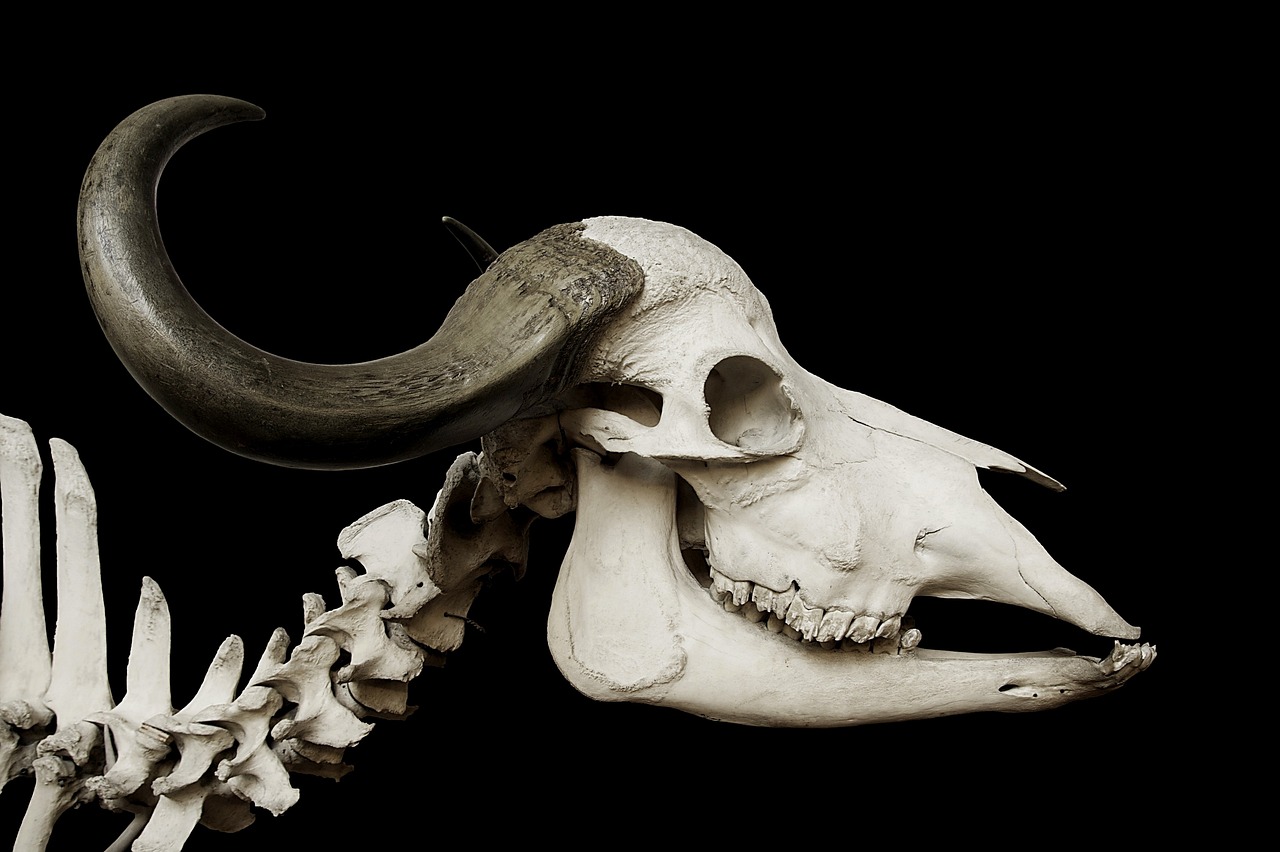Why aren't there large dinosaurs-sized animals on Earth anymore?
 Dinosaurs were replaced by other species (photo: Getty Images)
Dinosaurs were replaced by other species (photo: Getty Images)
Millions of years ago, the Earth was inhabited by giant creatures. They moved on land, flew in the air, and swam underwater. But today there are not many large animals left on our planet, informs RBC-Ukraine.
The following sources were used to prepare the material: BBC Science Focus, Live Science, New Scientist, New York Times.
Evolution
Scientists still can't give a definitive answer as to why giants lived on Earth millions of years ago, while today's animals are much smaller. It depends on several factors.
According to Gerard Vermeij, a professor of geobiology and paleobiology at the University of California, Davis, the rapid development of dinosaurs on Earth began about 251 million years ago (in the so-called Triassic period).
Thanks to favorable environmental conditions, the ancient creatures were able to evolve and become huge. The air was very well-oxygenated, and there was enough food and other resources for everyone.
Modern animals do not have the opportunity to evolve in "free" natural conditions, because human activity and climate change force them to fight for their survival.
Herd instincts
The "social structure" of ancient creatures also contributed to the reduction in the size of animals on Earth.
This means that the evolution of social behavior in mammals has led to a new form of dominance.
The collective hunting behavior of small predators renders even sizable prey susceptible. In essence, physiological gigantism has evolved into social gigantism, where animals exhibit enlarged sizes within packs or herds rather than as individual organisms. Consequently, gigantism has become less relevant, particularly on land, according to Vermeij's explanation.

Modern predators work well in a pack (illustrative photo: Pixabay)
Reproduction
Another factor that prevents modern animals from growing as large as dinosaurs once may be the peculiarities of reproduction.
Female mammals need to raise their babies in their own wombs (during pregnancy) and then take full care of their "welfare" for a certain period of time - feeding them, teaching them to survive, hunting, etc. At the same time, mammals usually give birth to a relatively small number of cubs.
Dinosaurs, on the other hand, were reptiles. Therefore, the reproduction process required much less effort from them.
Females made clutches, after which babies hatched from the eggs, which actually "went into the adult world" on their own - they grew to the right size or died at a young age as a result of natural selection.
Body temperature
According to a number of researchers, dinosaurs regulated their body temperature only partially. At the same time, they spent a considerable part of all the energy they received on this process.
According to a study by American scientists, some giant dinosaurs could have become cold-blooded in the course of evolution.
The assumption was that the majority of dinosaurs were warm-blooded animals. Jasmina Wiemann, a molecular paleobiologist at the California Institute of Technology, explained that their new method for measuring the metabolic rate of extinct creatures indicates that indeed many dinosaurs, including flying pterosaurs, were warm-blooded.
At the same time, she said, some herbivorous dinosaurs "turned" into cold-blooded dinosaurs as a result of evolutionary changes.
Vermeij reminded us that modern large mammals are warm-blooded animals.
For instance, sustaining the life of an elephant requires a substantial food supply. However, herbivorous dinosaurs were likely cold-blooded, according to the professor. This implies that, on average, an elephant needs five times more food than giant herbivorous dinosaurs.

It is difficult for large animals to feed themselves (illustrative photo: Pixabay)
Greg Erickson, a paleobiologist at Florida State University in Tallahassee, added that dinosaurs could have been "a cross between warm-blooded and cold-blooded creatures," so the huge creatures "didn't need too much food to restore lost energy."
Skeletal structure
When scanning the bone tissue of some dinosaurs, researchers found that the trabecular (spongy) bone tissue of these ancient creatures was organized differently than that of mammals. Thanks to this difference, dinosaurs could have less dense bones that were strong enough.
Steve Brusatte, a paleontologist at the University of Edinburgh, also said that some giant dinosaurs had special "ventilation" or "lung" air sacs similar to bird lungs (usually filling the space between muscles and organs, as well as the internal cavities of bones).
They were necessary for the stable cooling of animals and providing them with a large amount of oxygen (because reptiles and birds do not have full-fledged large lungs).
Dinosaurs likely had air sacs extending from their lungs to their bones, forming a robust yet lightweight skeleton. This structural adaptation allowed them to develop strong, lightweight skeletons, facilitating their continuous growth. The scientist drew a parallel to the way buildings increase in height with internal support structures. However, growth in dinosaurs, like in buildings, reached a limit beyond which it ceased.
Modern animals do not have this type of air sac, so they cannot grow to the size of large dinosaurs.

Dinosaurs were very different from modern animals (illustrative photo: Pixabay)
Teeth
According to Ericson, another difference between dinosaurs and modern large mammals is their teeth.
The former had the ability to constantly "renew" them. Moreover, with age, dinosaur teeth not only "grew back" and remained strong, but also changed physically.
By changing the type of teeth, older dinosaurs could hunt larger prey. This meant that they were able to increase their weight and grow in size.
At the same time, mammals are deprived of this opportunity.

